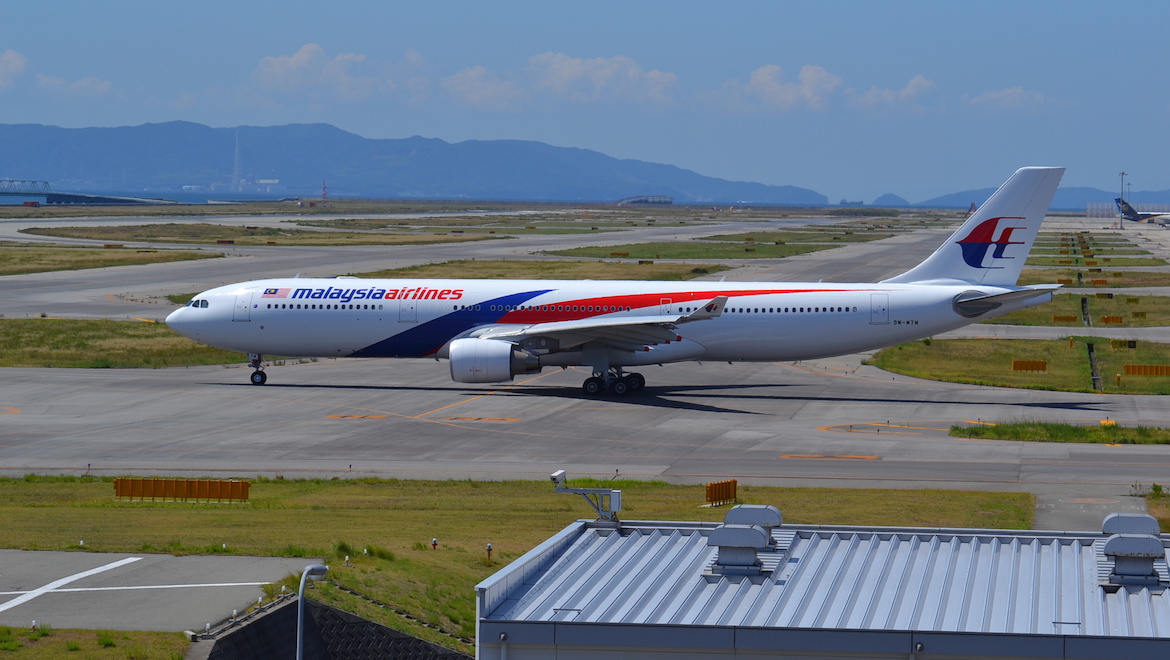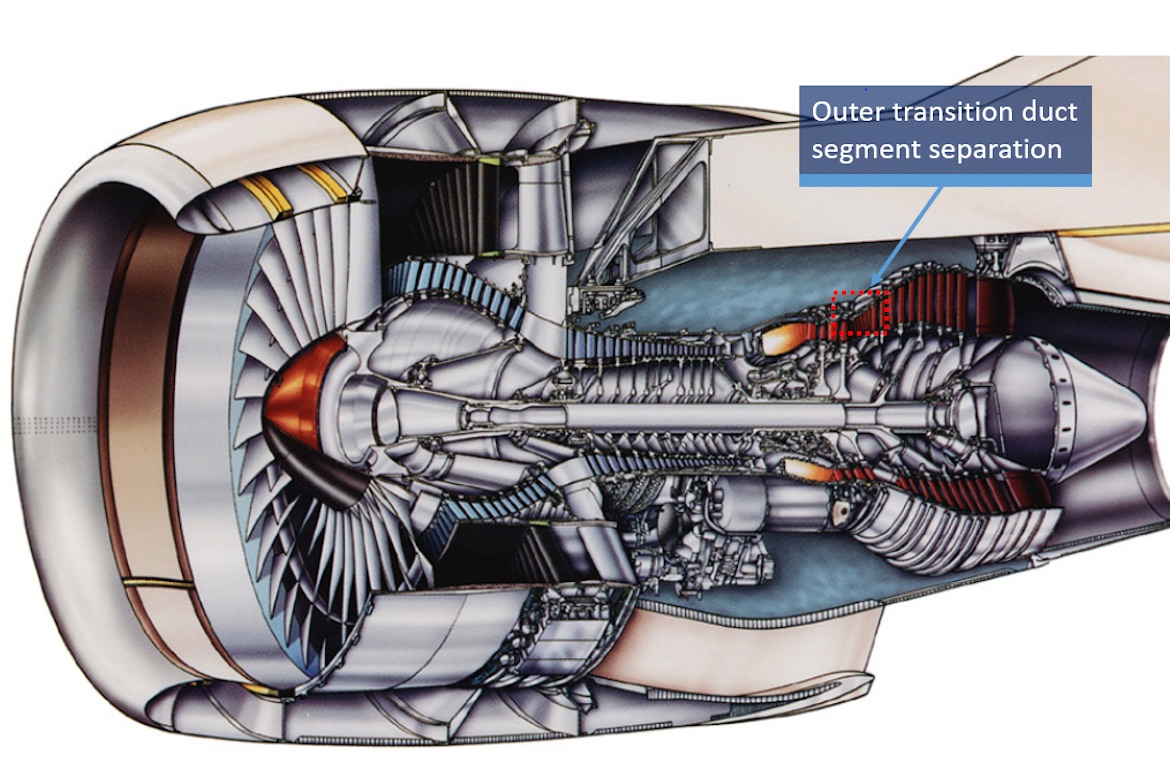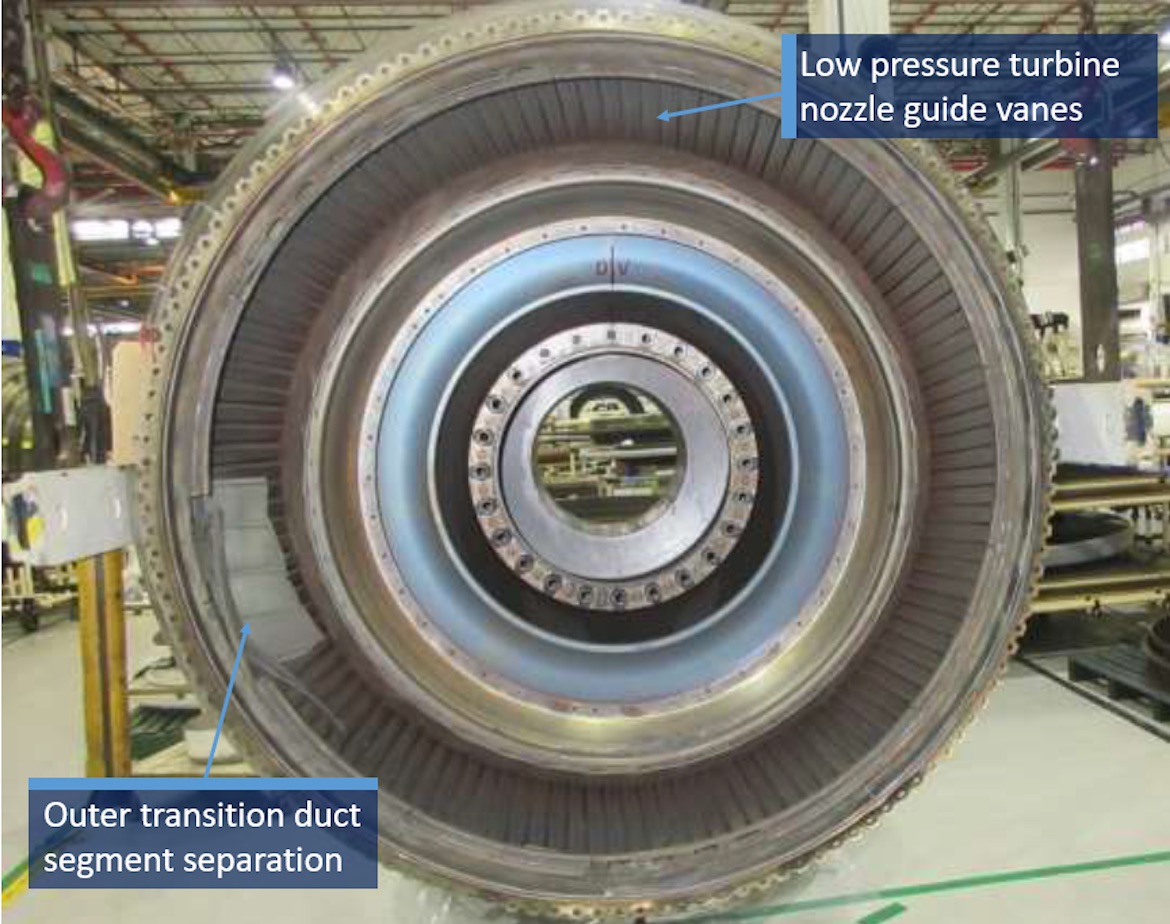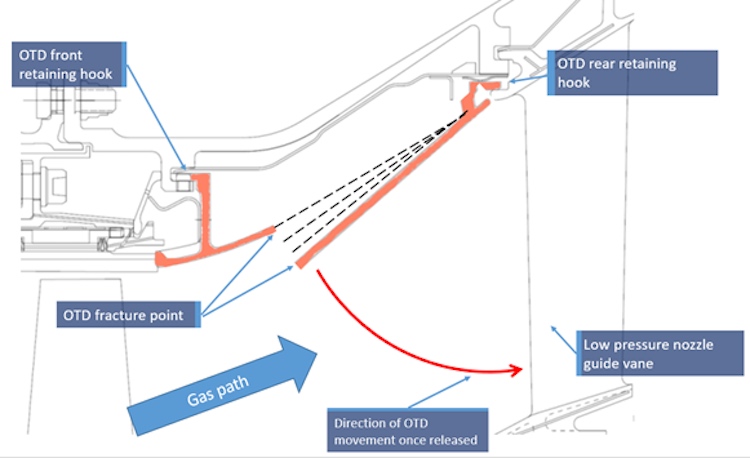
The Australian Transport Safety Bureau (ATSB) is calling for modifications to the Pratt & Whitney PW4000-100 series engine used on the Airbus A330 to be made mandatory following 16 incidents involving the powerplant in the past four years.
The safety recommendation to the United States Federal Aviation Administration (FAA) and engine maker Pratt & Whitney was included in the ATSB’s final report into a Malaysia Airlines (MAB) A330-300 flight from Sydney to Kuala Lumpur that diverted to Alice Springs after its left-hand engine malfunctioned.
Flight MH122, operated by A330-300 9M-MTM had just taken off on January 18 2018 when pilots received an electronic centralised aircraft monitoring (ECAM) exhaust gas temperature (EGT) 1 OVERLIMIT message, which indicated a fault with the left-hand engine, known as the number 1 engine.
The flight crew went through the checklist actions and reduced the left engine thrust to maintain the EGT within limits while the aircraft continued to climb. The left engine was later restored to full thrust when the aircraft reached FL240, or 24,000ft.
While the EGT of the left engine about 70 degrees Celsius higher than the right engine EGT, the ATSB final report published on Wednesday said it did not exceed its limits during the climb and cruise phase.
However, about four hours later, the flight crew received an ECAM notification “ENG 1 STALL3”, which indicated pressure fluctuations and turbulent airflow within the engines compressor section, as well as three or four “bang” sounds.
Further, the engine vibration monitor indicated significant vibration increases during the engine stalls.

In response, the flight crew carried out the ECAM action and reduced the thrust to to flight idle before making a PAN-PAN call and then descending the aircraft from FL360 to FL240.
(PAN-PAN is an internationally recognised radio call announcing an urgency condition which concerns the safety of an aircraft or its occupants but where the flight crew does not require immediate assistance.)
The aircraft landed safely at Alice Springs and taxied to the apron under its own power.
The ATSB final report said an engineering inspection conducted on the day of the incident found that despite the left engine operating at flight idle until it was shut down on the apron at Alice Springs, the N1 rotor (fan) was unable to be rotated by hand.
“Molten debris was found in the exhaust, and the last turbine stage had numerous nicks and dents,” the ATSB final report said.

Further analysis and inspection of the engine showed a third stage outer transition duct (OTD) segment had separated at the gas path entry point of the low pressure turbine.
“The left engine, a Pratt & Whitney PW4170, had a third stage outer transition duct (OTD) segment liberation, which created a rise in exhaust gas temperature and significant turbulent airflow within the engine,” the ATSB final report said.
“That in turn led to low pressure turbine blade failure, high vibration and compressor stall/surge events.
“There have been a total of 16 similar events globally within the past four years that were all attributed to an engine modification, including five involving MAB aircraft.
“The modification increased the gas path temperature at the outer diameter of the flowpath, which led to distortion and liberation of OTD segments.”

The ATSB final report said the Pratt & Whitney ceased production of the PW4000-100 series engines for the Airbus A330 in July 2017.
The company had also redesigned the OTD to withstand higher temperatures, which was expected to be available from November 2019.
A Pratt & Whitney service bulletin due to be published said the engines would have the new OTD fitted “at the next shop visit when a major engine flange is separated for the purposes of performing maintenance”, the ATSB final report said.
However, the ATSB is calling for the FAA and Pratt & Whitney to “maximise a modification that would prevent a component failure of the PW4170 series engine”.
“The ATSB believes that Service Bulletin PW4G-100-A72-261 should hold a mandatory compliance status due to the significant number of OTD failures in a relatively short space of time,” the ATSB final report said.
“At the time of writing, the Federal Aviation Administration advised that they are considering the implementation of an airworthiness directive to mandate the corrective action proposed by the engine manufacturer.”

ATSB director for transport safety Stuart Macleod said the incident was an example of an engine modification that had undesirable consequences.
And while Pratt & Whitney had taken “timely and significant safety action” to redesign the ODT, Macleod noted the fitment of the ducts was not mandatory.
“If fleet-wide replacement is implemented, we expect this will address the safety issue,” Macleod said.
The ATSB final report said Malaysia Airlines had introduced scheduled borescope inspections to identify precursors to an OTD failure, with the fleet of A330s to be upgraded in stages once the new designed OTD was introduced.
The full report can be read on the ATSB website.















